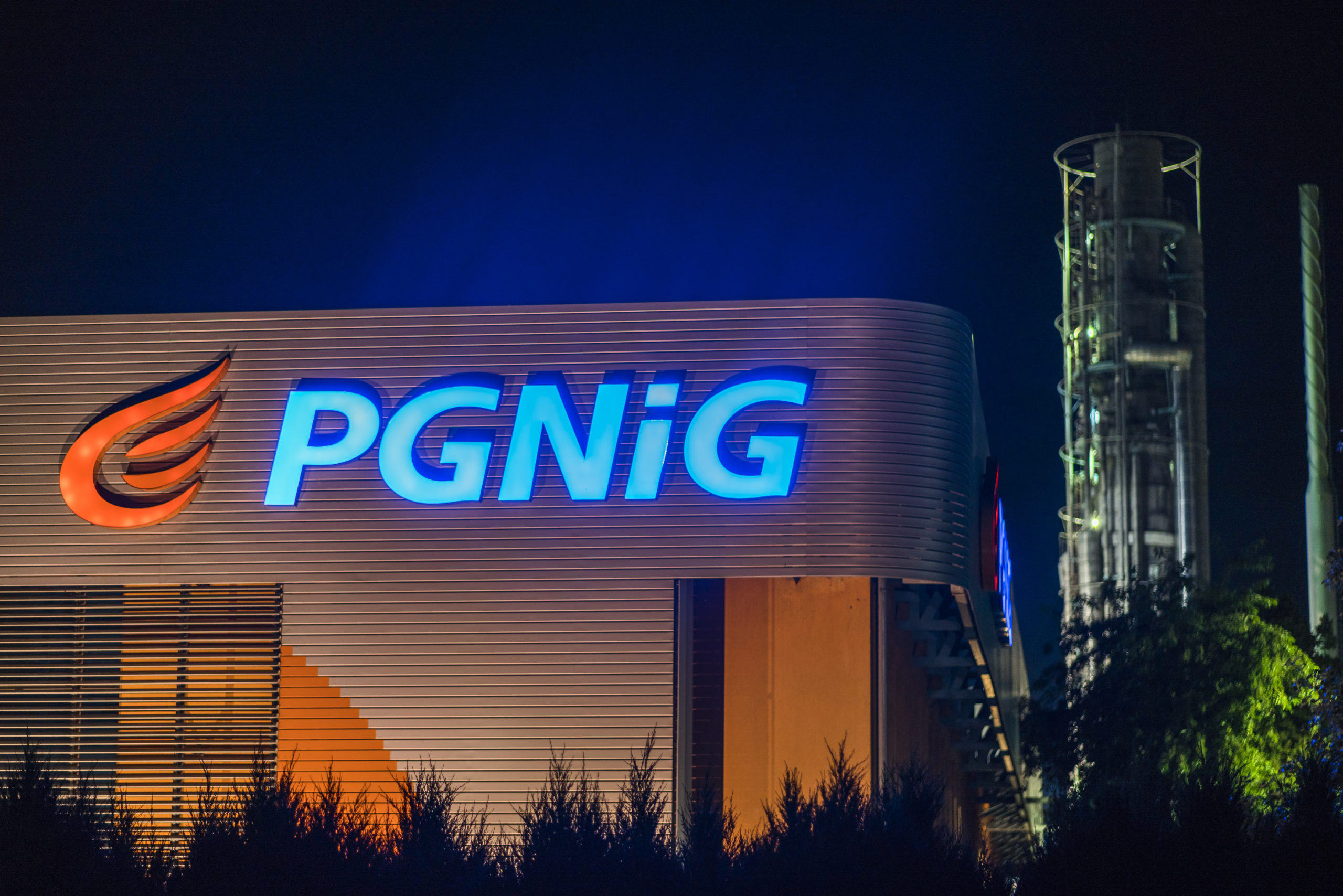In the coming periods, the financial standing of the PGNiG Group will be materially affected by changes in the prices of hydrocarbons on global commodity markets and fluctuations in foreign exchange rates. These factors will be a material driver of the PGNiG Group’s performance in the Exploration and Production and Trade and Storage segments. Any changes in hydrocarbon prices affect revenues of the Group entities engaged in production, and determine the demand for seismic and exploration services offered by the Group companies. Rising gas and crude oil prices have a positive effect on the performance of the Exploration and Production segment. Long-term forecasts of hydrocarbon prices strongly influence projected cash flows from production assets, and as a consequence entail the necessity of revaluation of property, plant and equipment.
On the other hand, since the prices of gas purchased by PGNiG Group under the Yamal and Qatar contracts are linked to prices of crude oil, the effect of rising oil prices on the performance of the Trade and Storage segment is opposite to the effect that rising oil prices have on the performance of the Exploration and Production segment. Any increase in crude oil prices translates into higher cost of gas purchased by PGNiG Group . This relationship was significantly limited in the case of the Yamal contract thanks to the ruling of the Arbitration Court in Stockholm in favour of PGNiG Group concerning the pricing formula used in the Yamal contract. The PGNiG Group financial results will also be influenced by the situation on the domestic currency market. Any strengthening of the złoty against foreign currencies (primarily the US dollar) will have a positive effect on the performance of the Trade and Storage segment by driving down PGNiG’s gas procurement costs, although it must be noted that the effect of exchange rate fluctuations is mitigated by the PGNiG Group’s hedging policy.
Another factor with a bearing on the PGNiG Group financial condition is the President of URE’s decisions on gas fuel sale and distribution tariffs and heat sale tariffs. In addition, the progressing deregulation of the gas market in Poland will continue to put pressure on the performance of the PGNiG Group Trade and Storage companies selling gas. In view of the competition for customers, the Group offers discount schemes to customers and adjusts pricing terms to reflect market prices. These factors may have an adverse effect on the profitability of the Trade and Storage segment by eroding its margins.
In the Generation segment, financial results will be considerably influenced by the support programmes for electricity produced from high-efficiency cogeneration sources and renewable sources. Changes in the market prices of CO2 emission allowances will have an increasing effect on the PGNiG Group financial condition in the segment. Another key driver of the segment’s performance is prices of the fuels used to produce heat and electricity, including natural gas.
The expected financial situation and operating activities of the PGNiG Group will be influenced by the developments in Ukraine and the ongoing military invasion of the Russian Federation. The successively introduced economic and personal sanctions against Russian entities and citizens, as well as the threat to infrastructure and thus the security of natural gas flow from the eastern direction, may adversely affect the international gas market and cause further increases in gas prices and weakening of the Polish currency. For more information on the changes that occured in the environment of the PGNiG’s Group at the beginning of 2022, see HERE.


